
Since her childhood, pianist Elisaveta Blumina associates sounds with colours. When making music she always imagines colours, and harmonious or dissonant sounds correspond with certain colour combinations. In a past interview she summarized her perception with the phrase “the piano allows me to paint, with just black and white, all colours of the soul.” A few years ago, when Elisaveta started painting this was initially a different way of music making, which enabled her tolive out her phantasies without the constraints of modern concert life. Thus her paintings are abstract and best described as colour compositions which have a tonal counterpart in Elisaveta Blumina’s imagination.
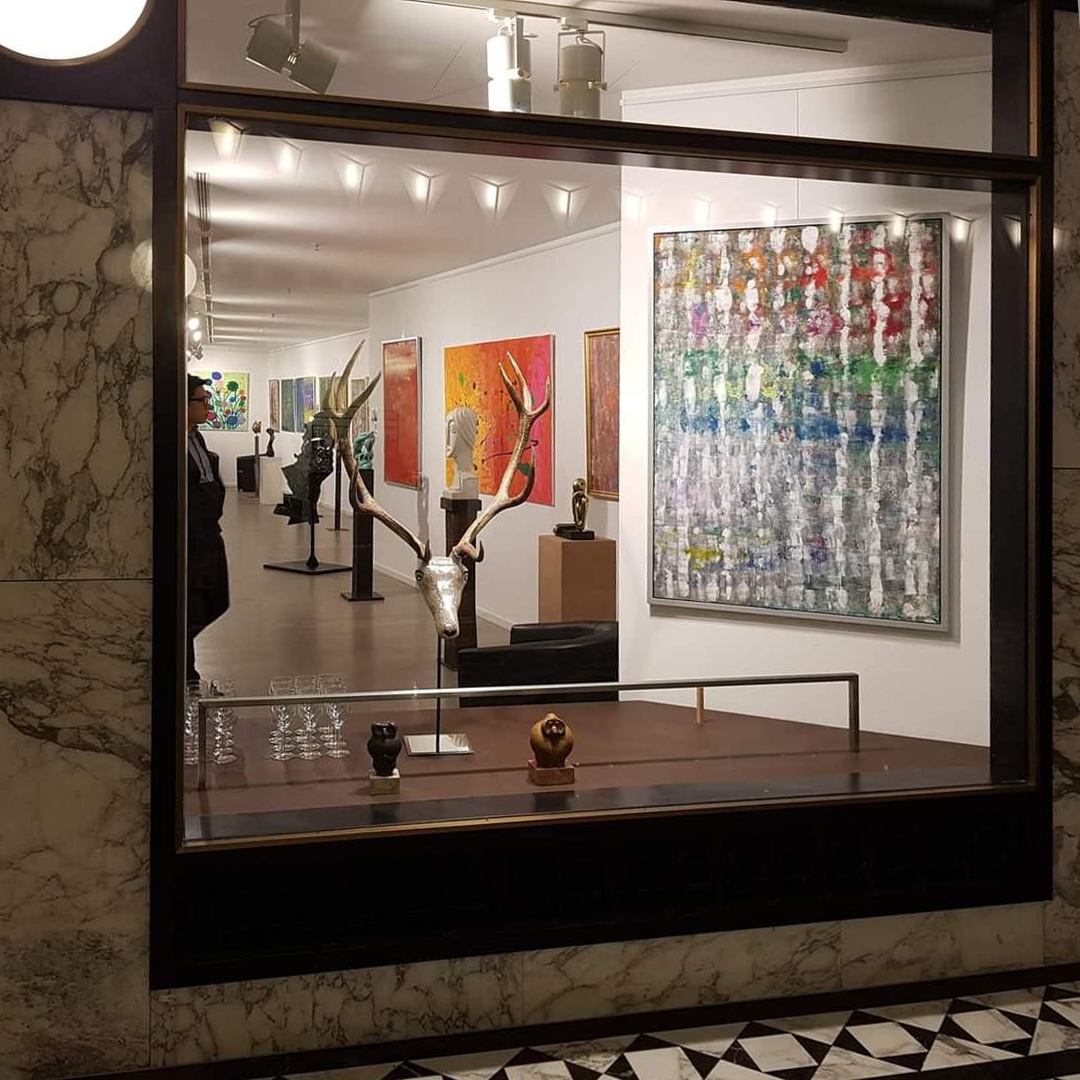
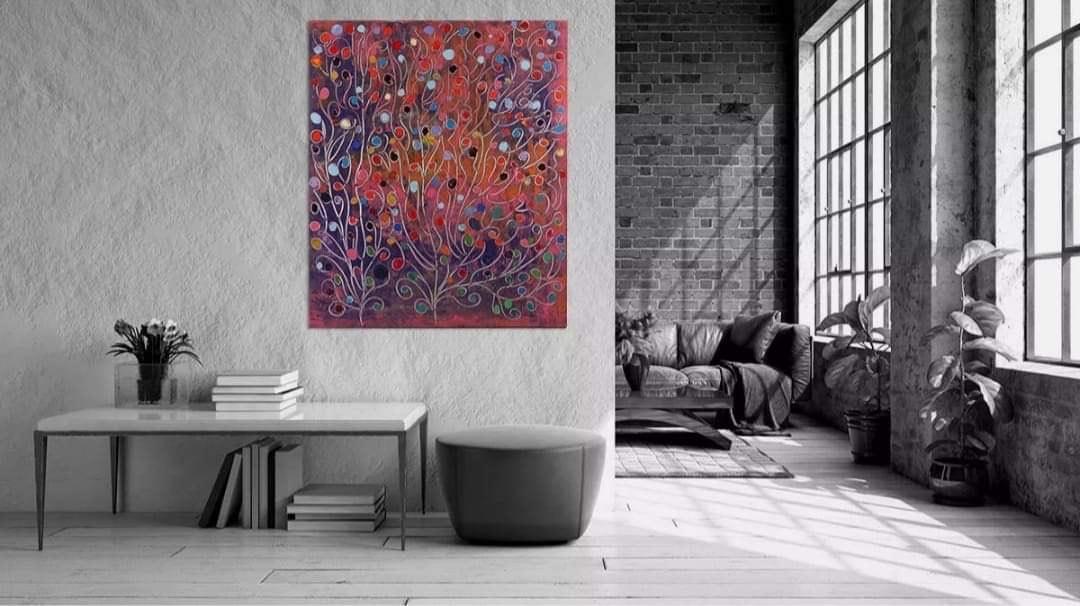
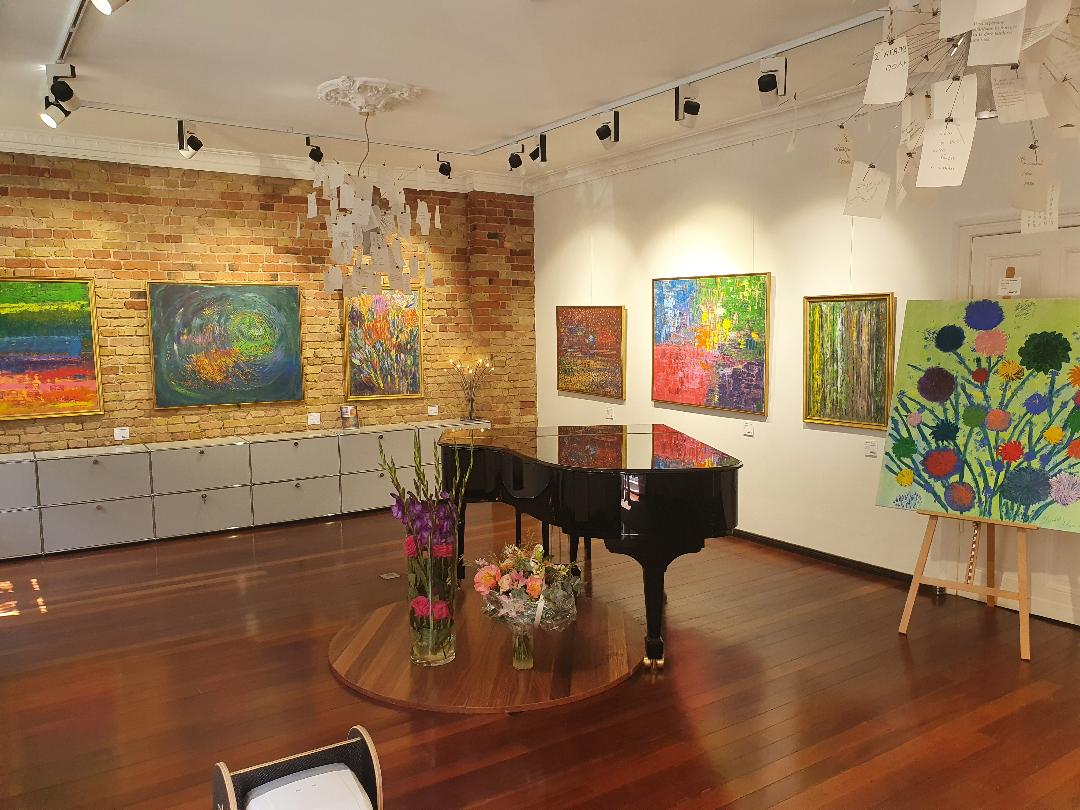
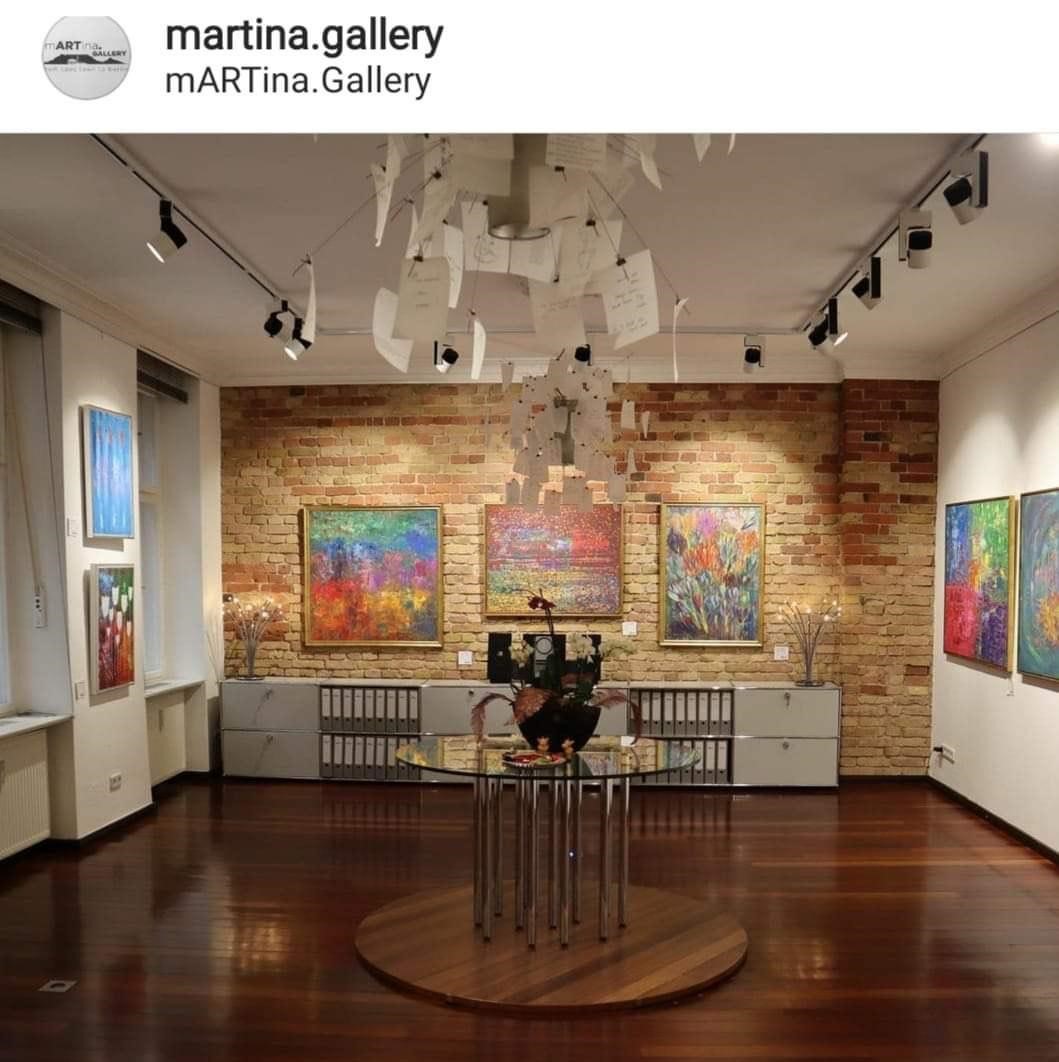
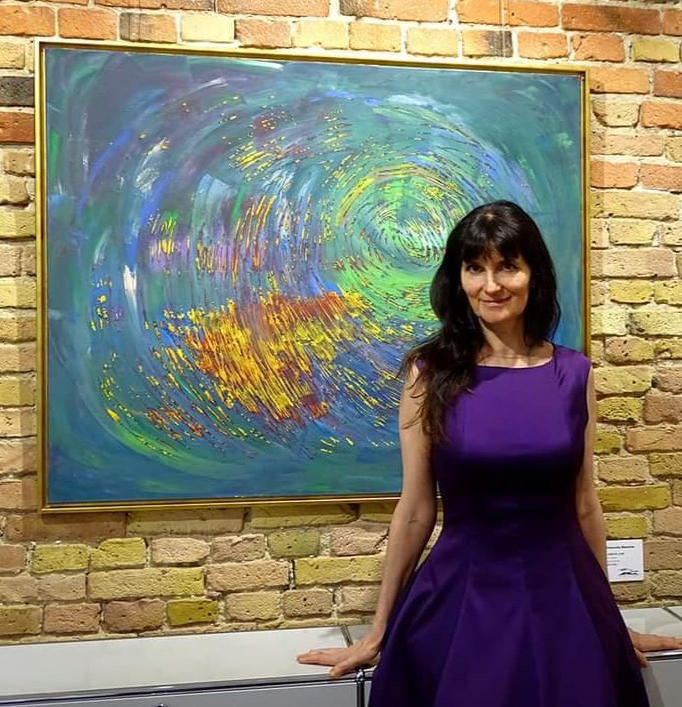
 (...read more)
(...read more)
 (...weiter lesen)
(...weiter lesen)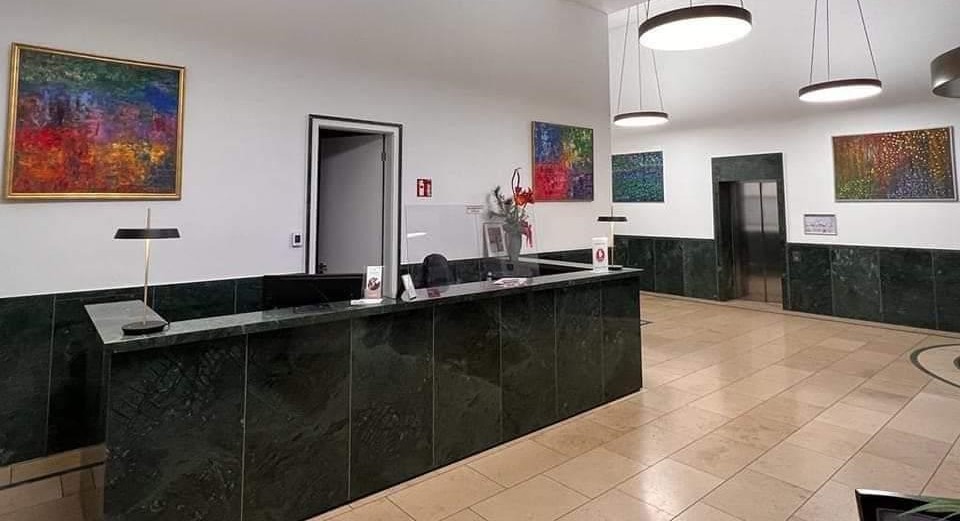
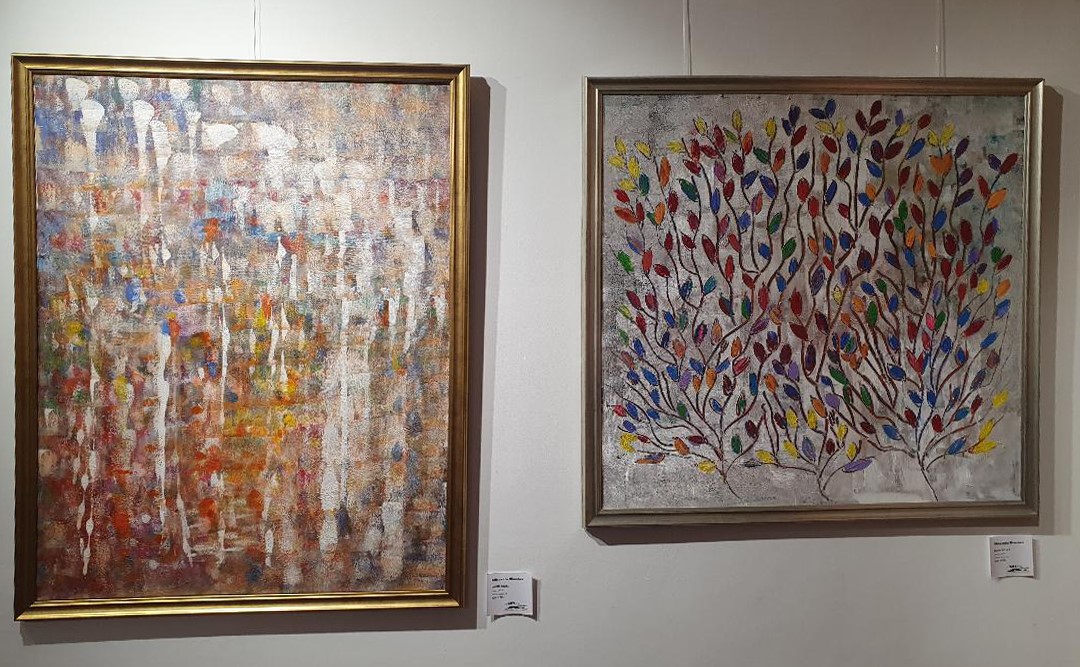
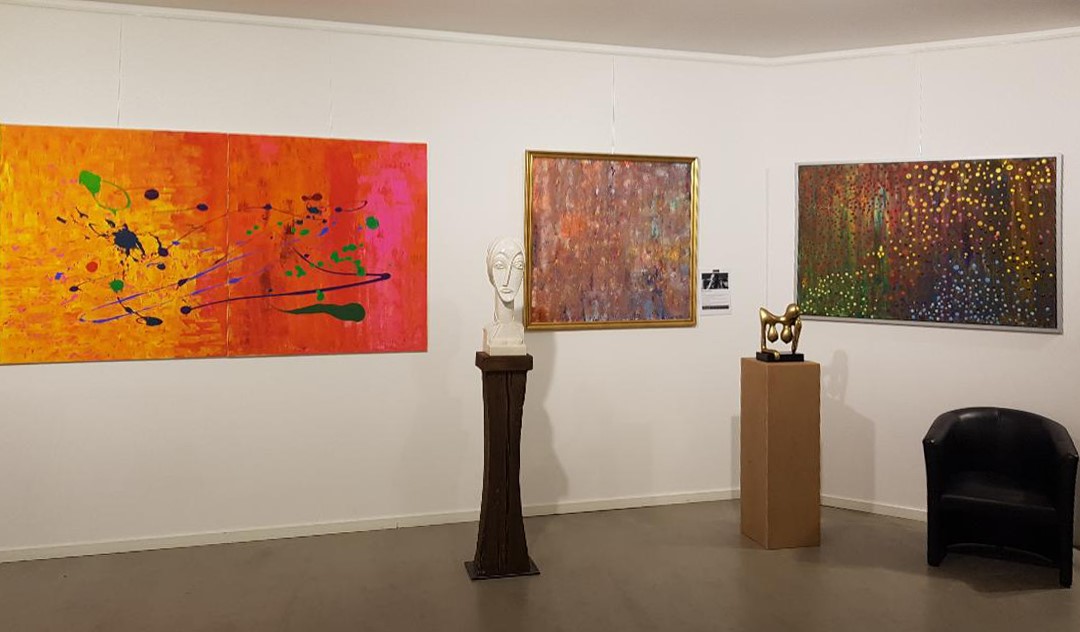
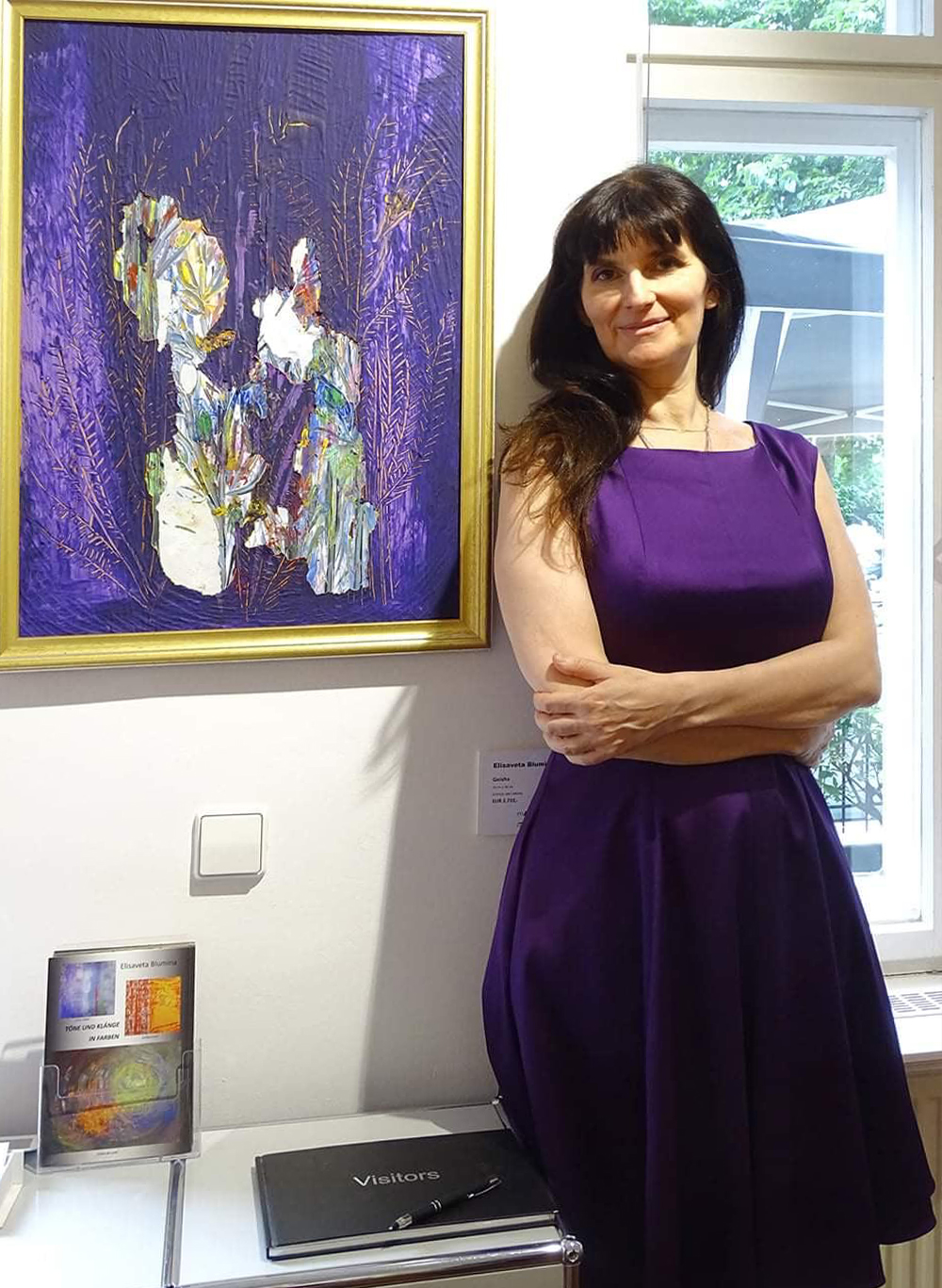
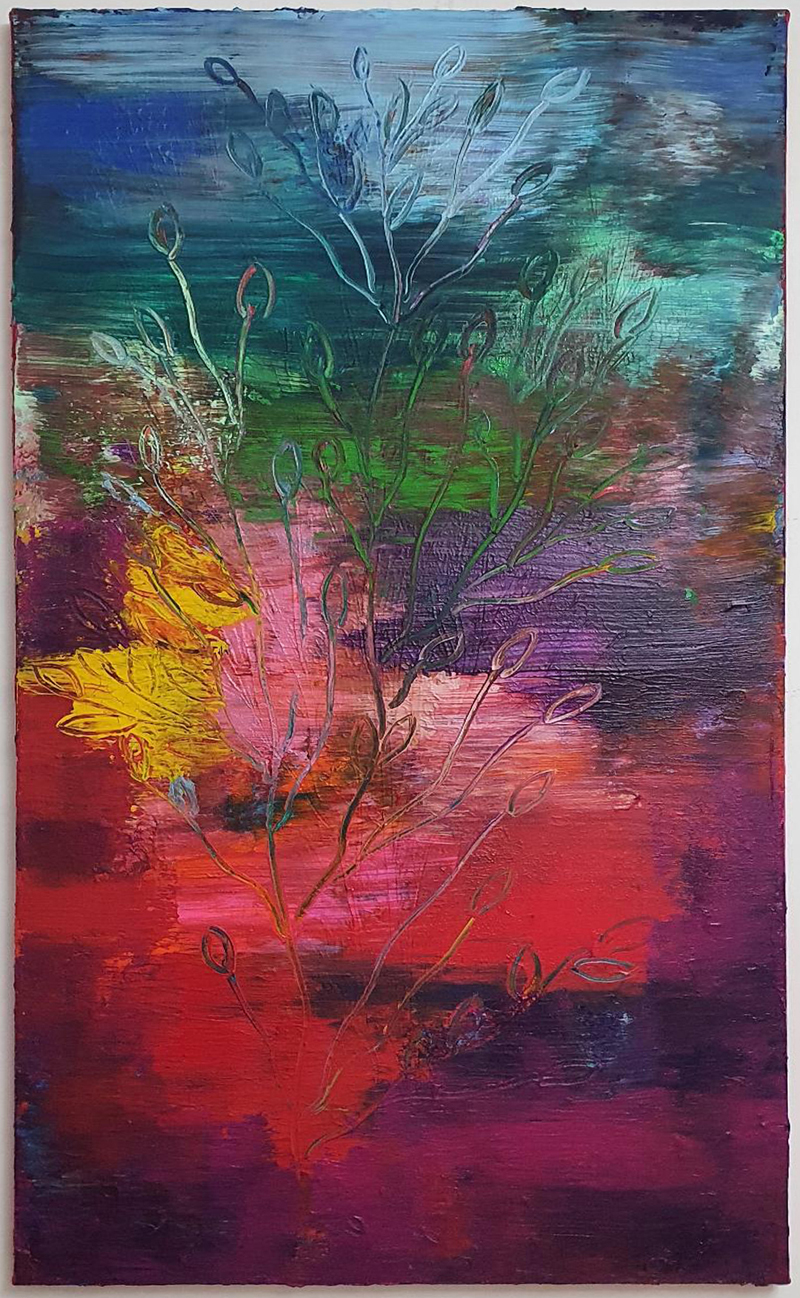
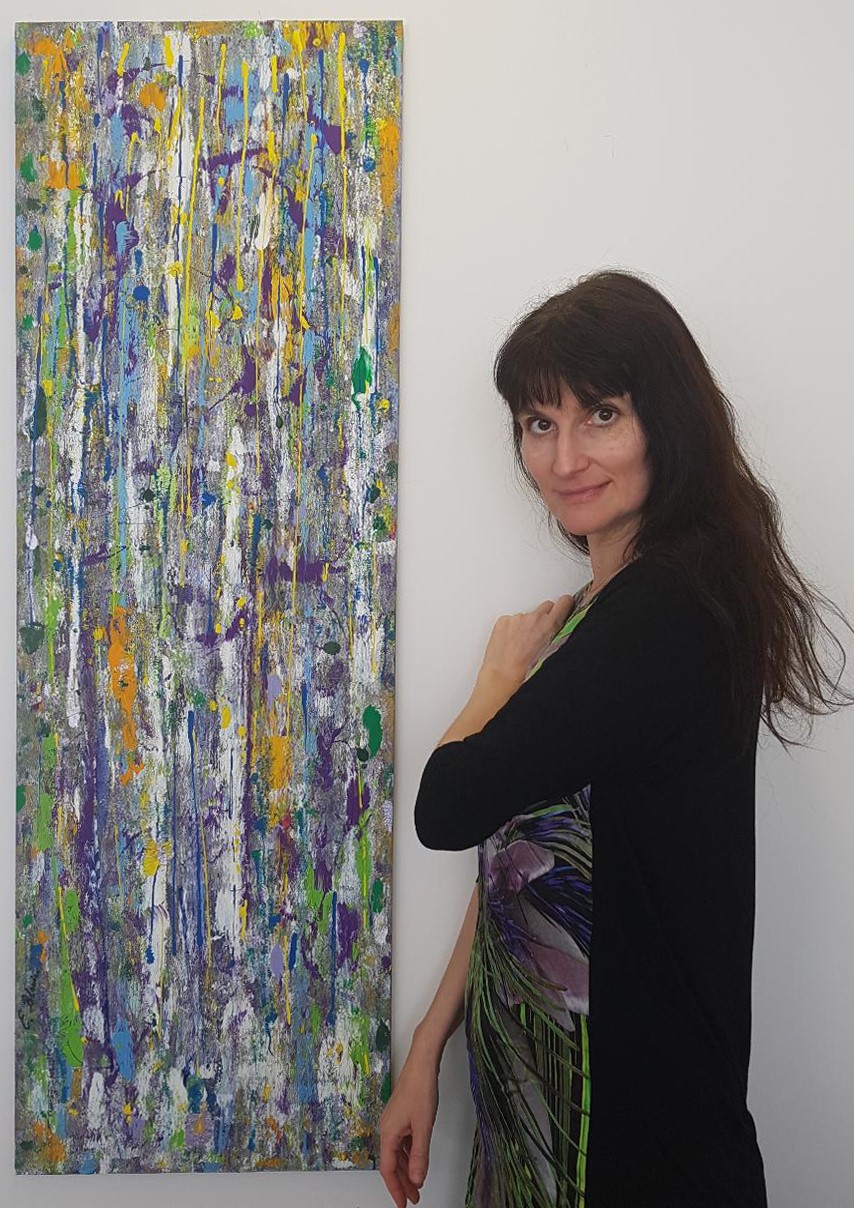
“Colour is a power which directly influences the soul. Colour is the keyboard, the eyes are the harmonies, the soul is the piano with many strings. The artist is the hand that plays, touching one key ore another, to cause vibrations in the soul." (Wassily Kandinsky)
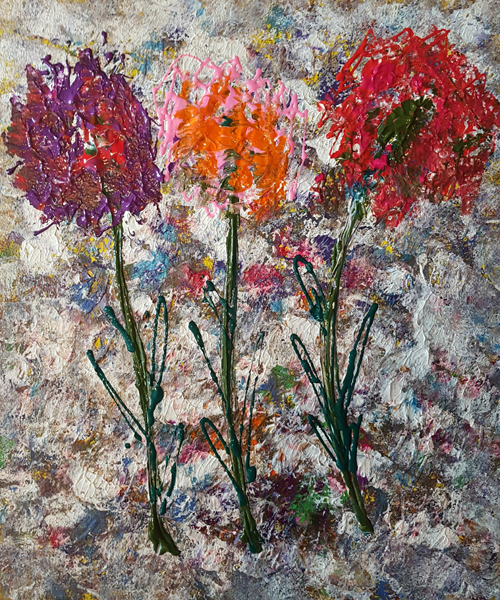
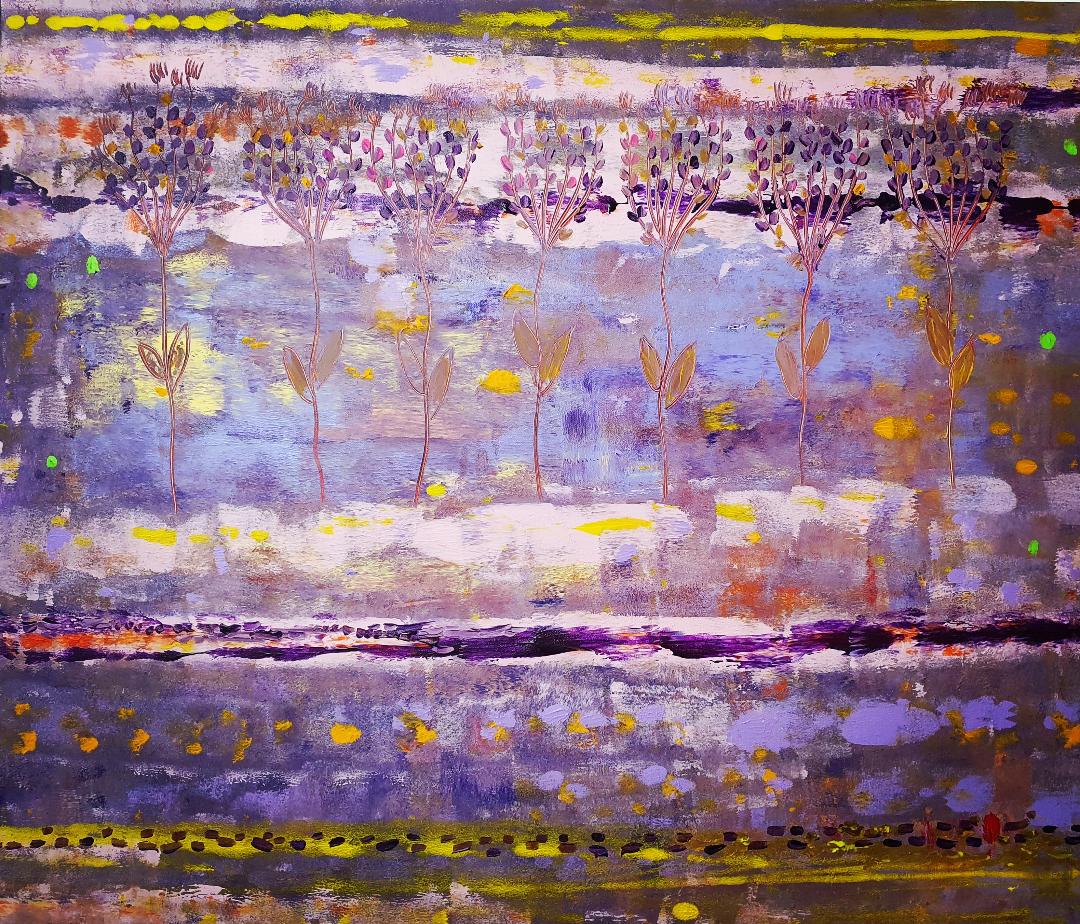
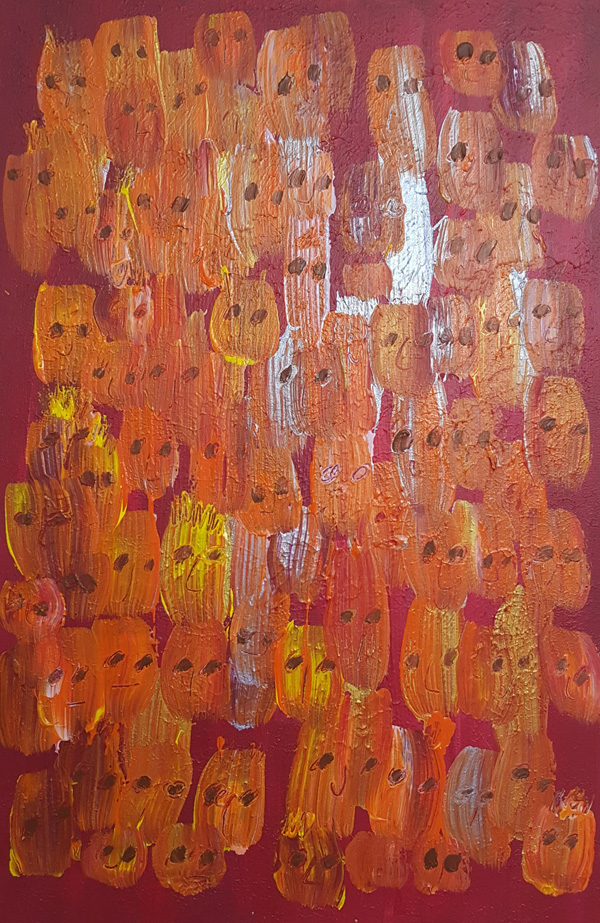
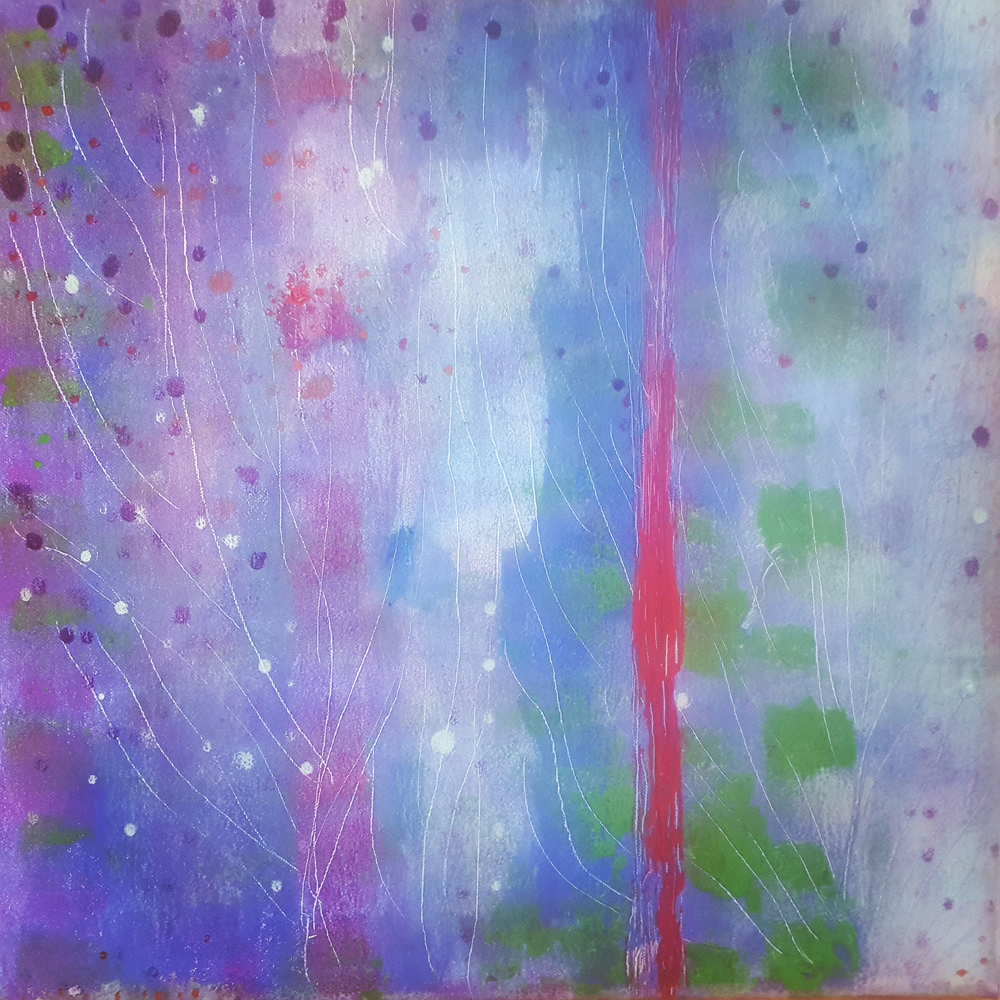
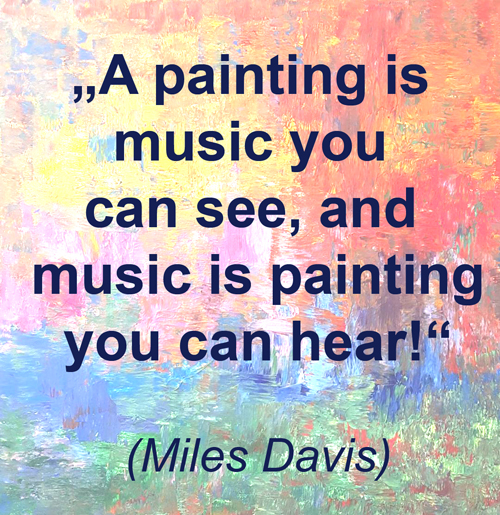
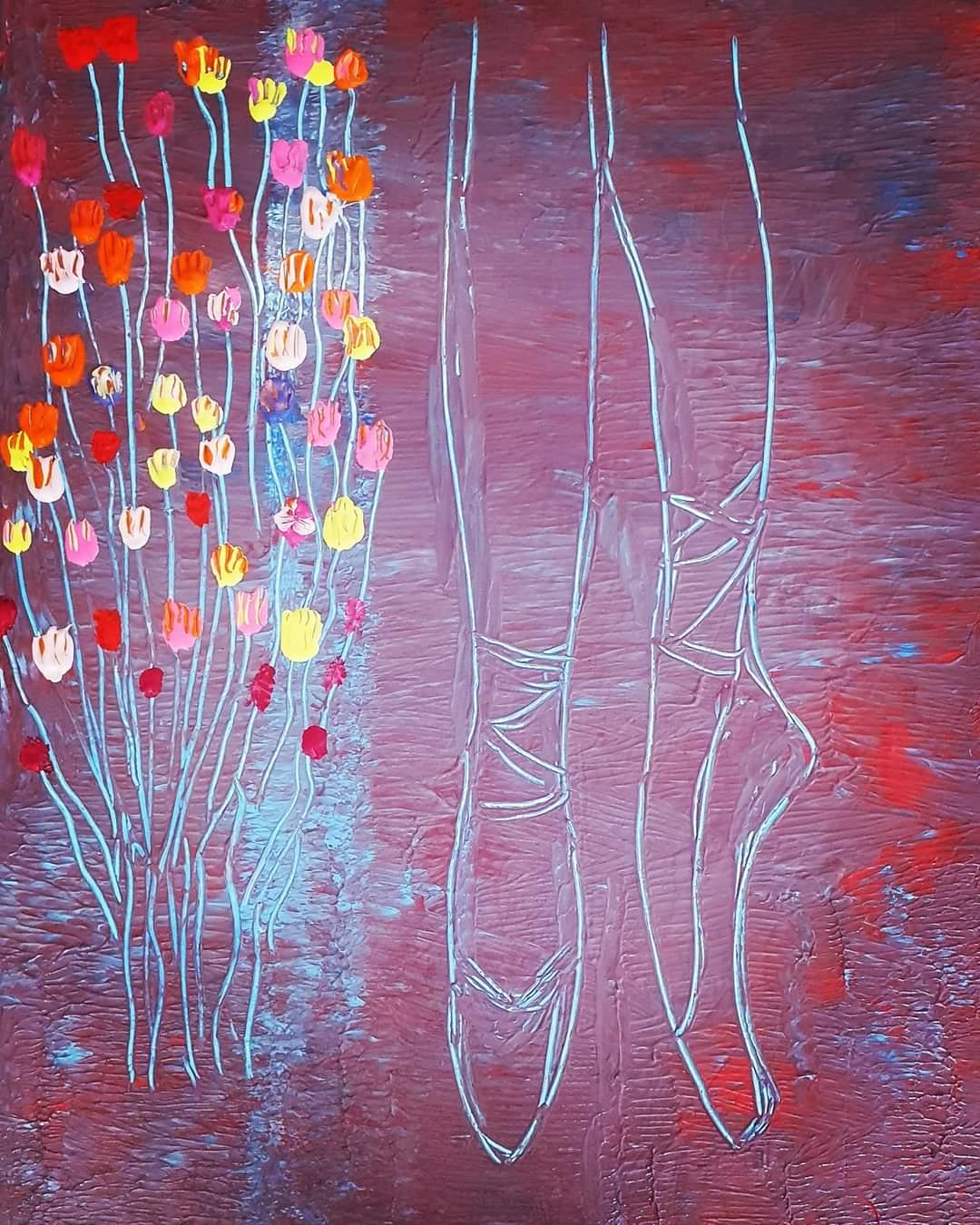
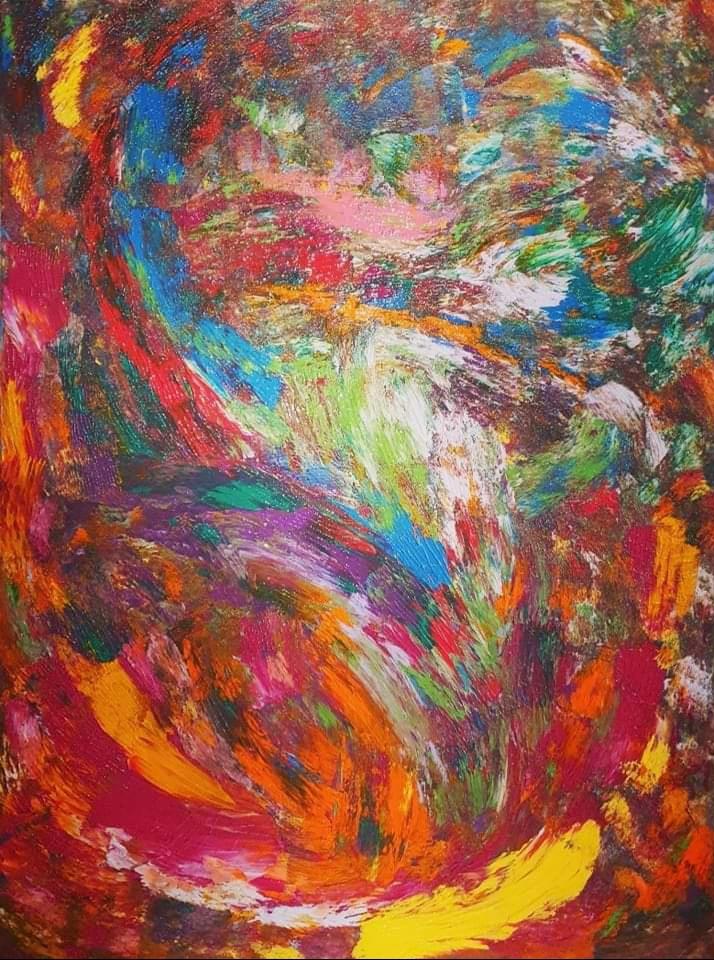
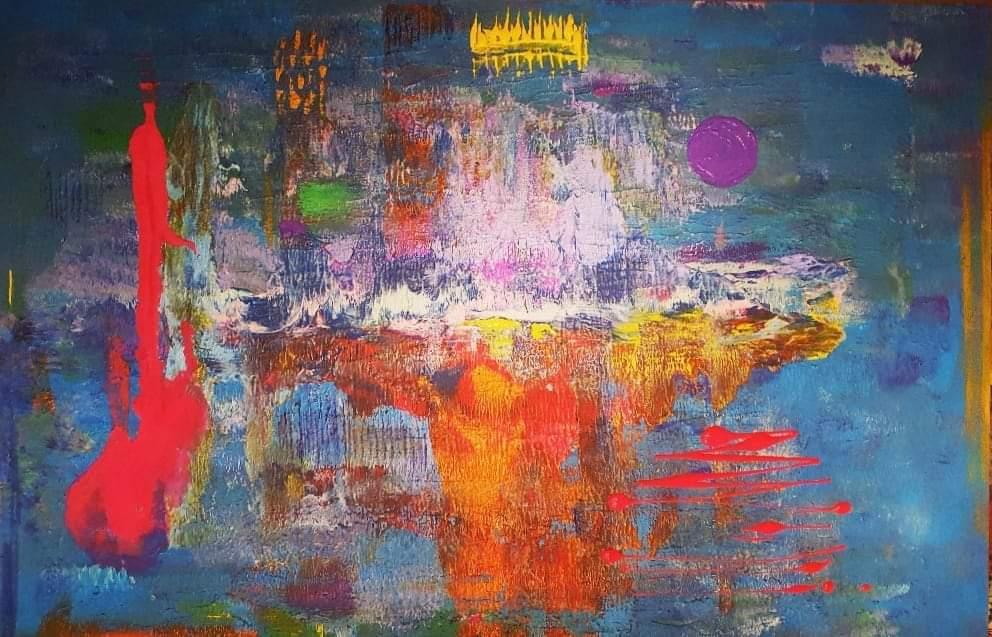


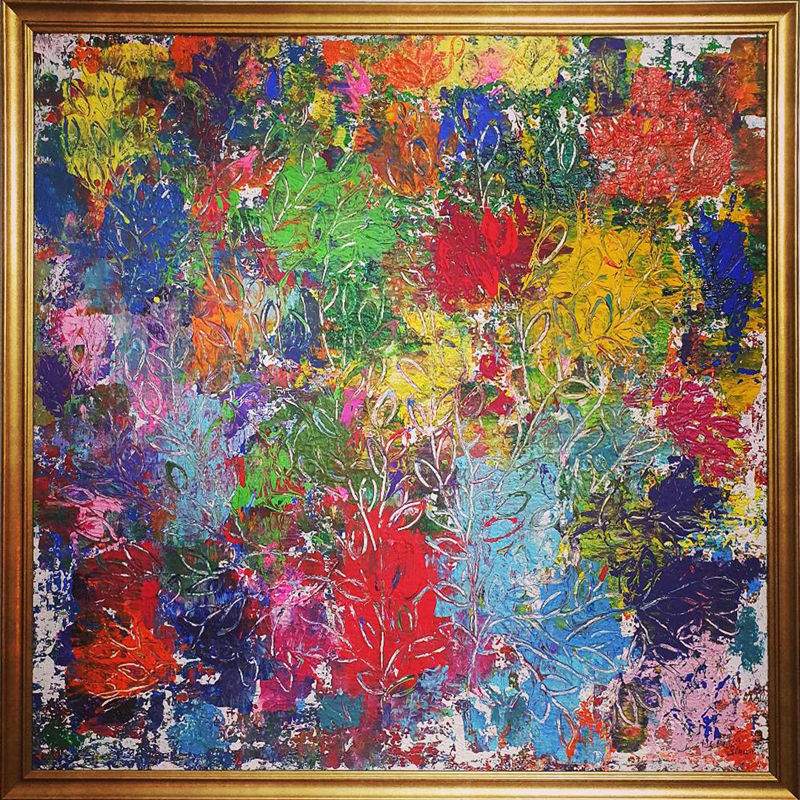
 "Music labels that (like Naxos) are also fascinated by Elisaveta Blumina's painting like to use her paintings as covers for CD productions."
"Music labels that (like Naxos) are also fascinated by Elisaveta Blumina's painting like to use her paintings as covers for CD productions."
 "Musik-Labels, die (wie z.B Naxos) auch von Elisaveta Bluminas Malerei fasziniert sind, verwenden gerne ihre Bilder als Cover für CD Produktionen."
"Musik-Labels, die (wie z.B Naxos) auch von Elisaveta Bluminas Malerei fasziniert sind, verwenden gerne ihre Bilder als Cover für CD Produktionen."

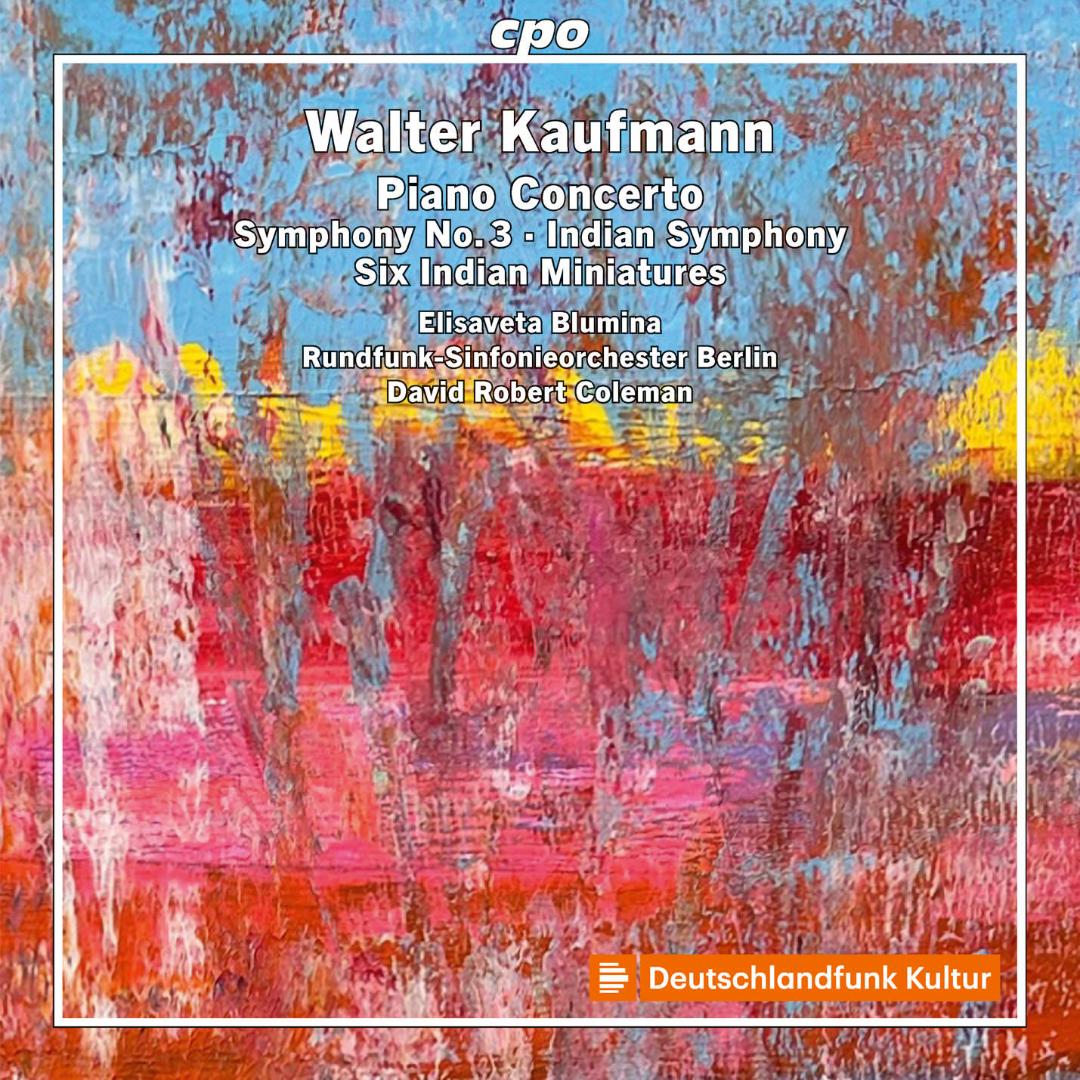

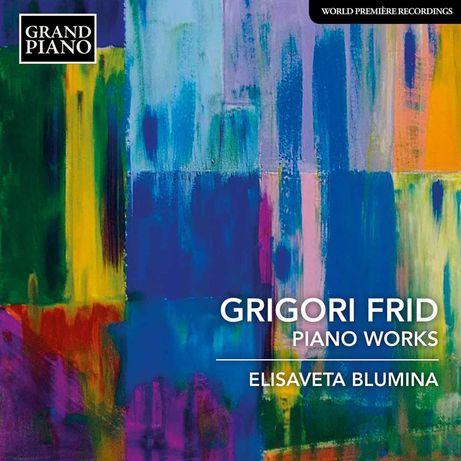

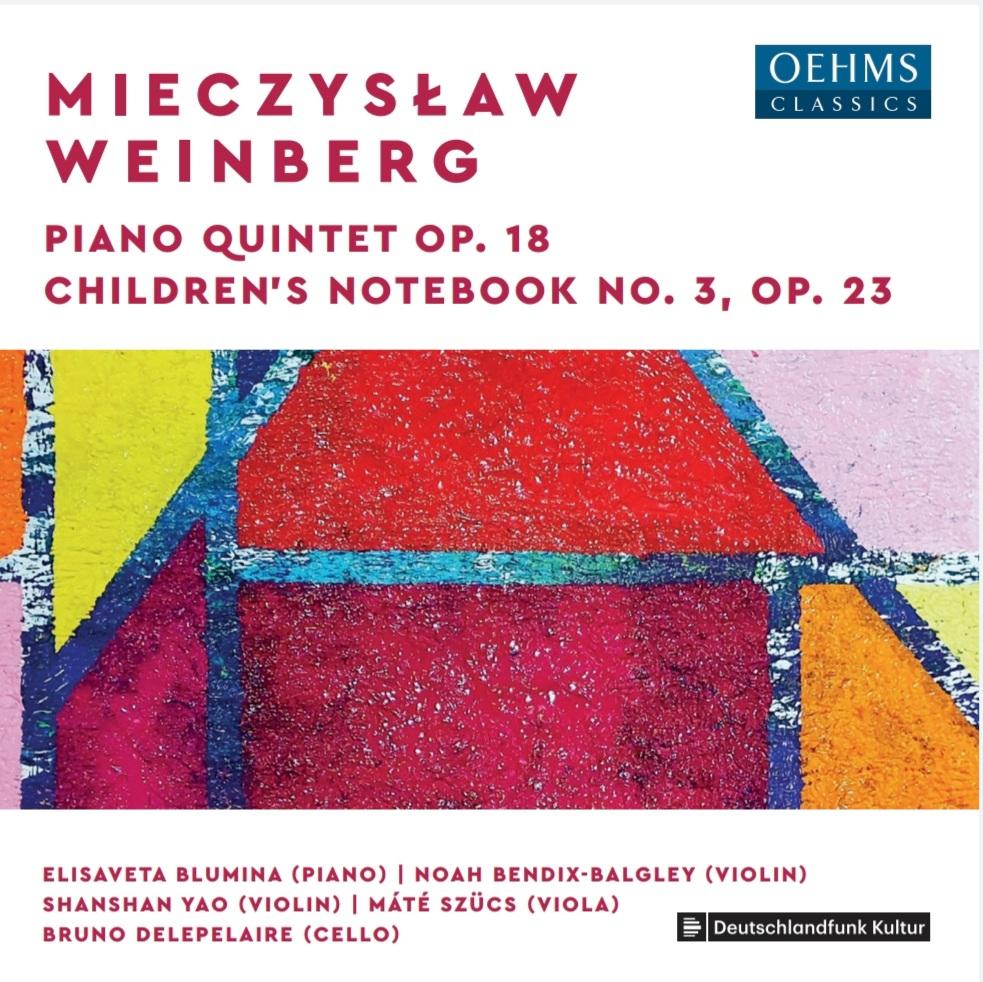
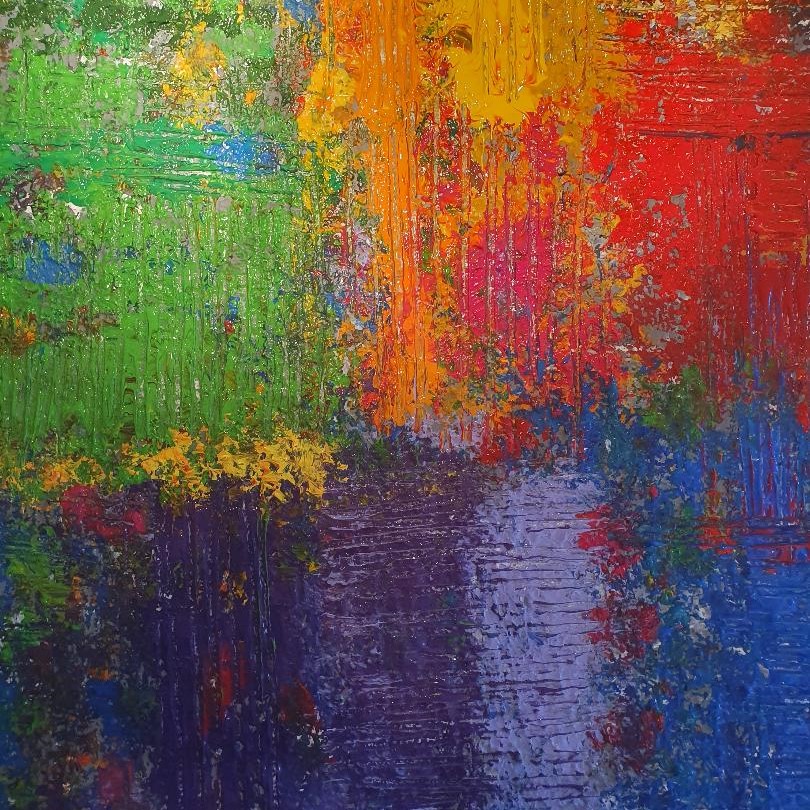
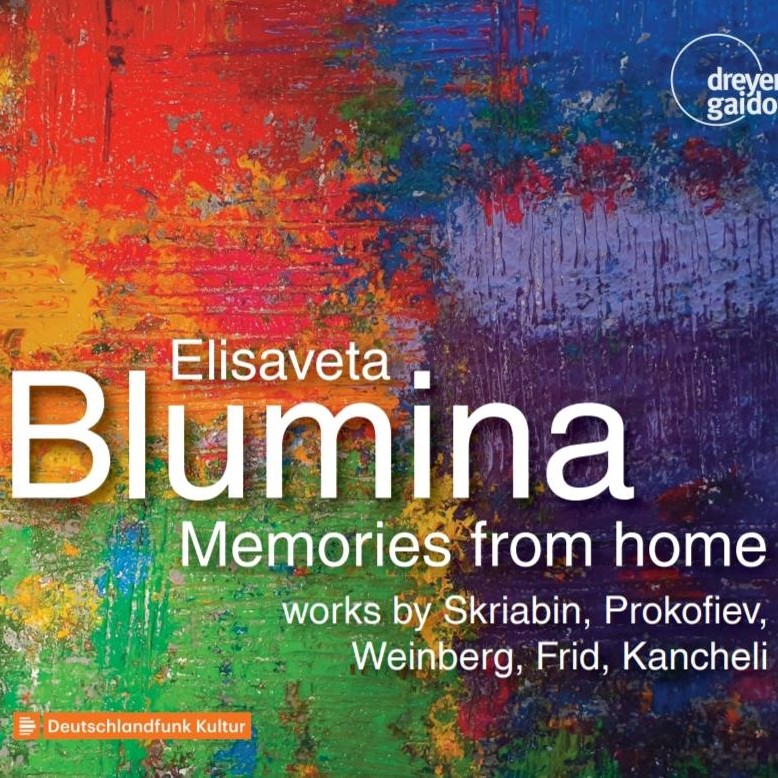

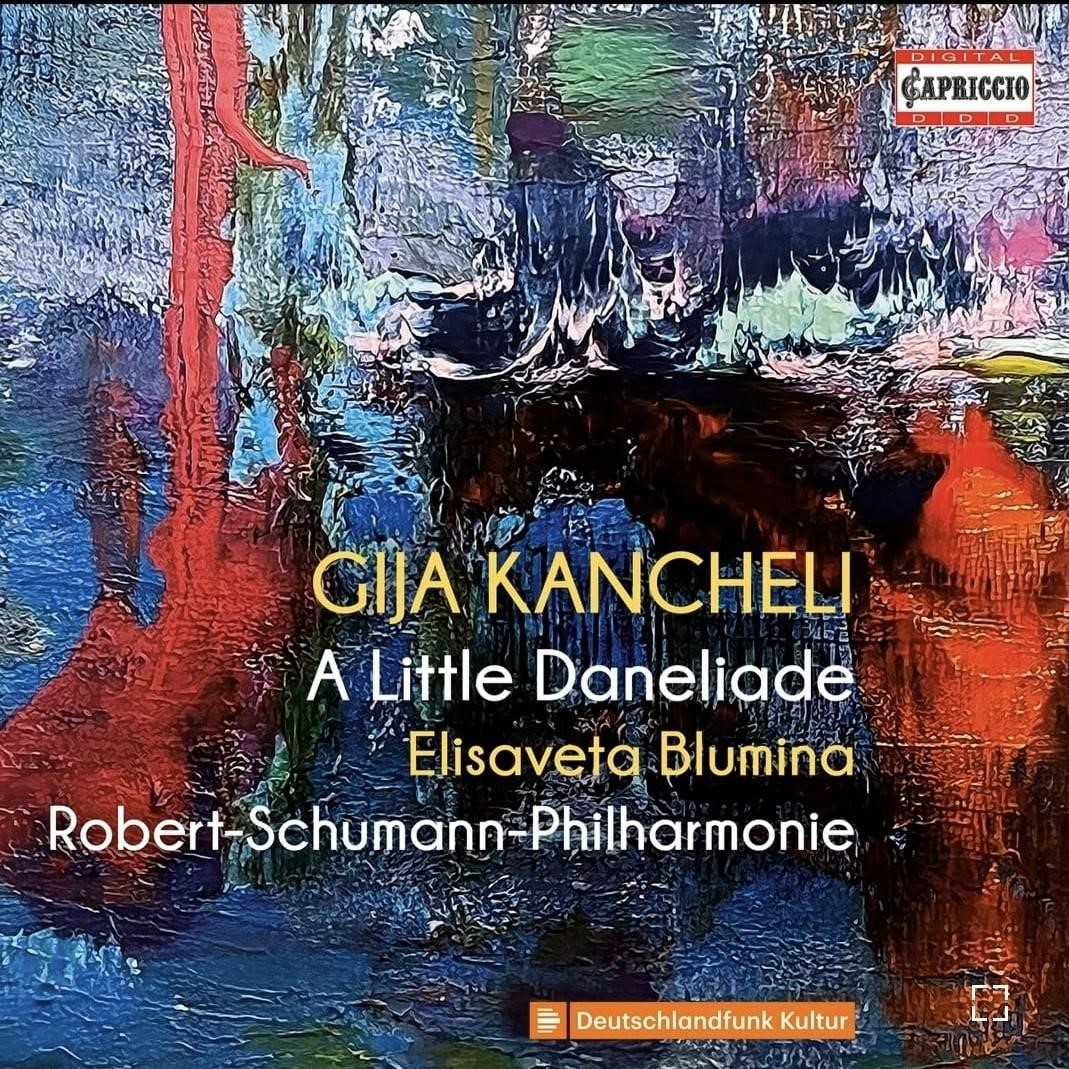

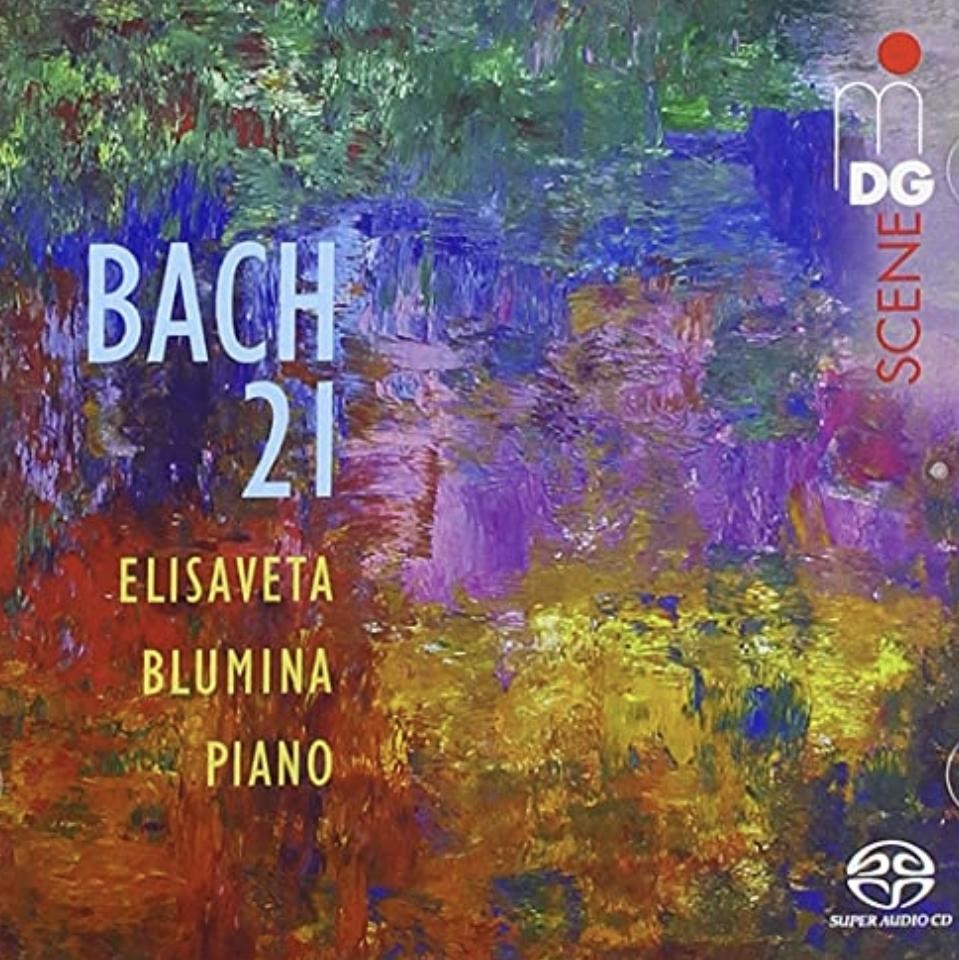
 "I had been planning for a long time, Lisa, to write to you about your paintings. Ever since Rostropovich introduced us, I've been following you with great admiration. I've known you for so many years now - as a pianist whom I applaud and as a beautiful woman whom I admire. And ten years ago, I discovered that you are also a fantastic painter.
"I had been planning for a long time, Lisa, to write to you about your paintings. Ever since Rostropovich introduced us, I've been following you with great admiration. I've known you for so many years now - as a pianist whom I applaud and as a beautiful woman whom I admire. And ten years ago, I discovered that you are also a fantastic painter.
What's amazing about it is that you managed to skip the learning phase and the initial hesitant steps in creativity, and a skilled master immediately emerged. This phenomenon is unique.
It's paradoxical, but it's exactly like that: talent in one art form helps and provokes talent in another form of creativity. Art history has examples - not only of the well-known titans of the Renaissance - of artists gifted in different forms of creativity. Victor Hugo was an exceptional painter, Hoffmann combined the talents of a writer, composer, and illustrator, William Blake was equally a poet and a painter.
I believe that having talent in one area shows that a person is capable of excelling in any other field. Talent in one thing does not necessarily lead to a one-sided development but demonstrates the possibility of being creative in all areas; you just need to develop the gift of versatility. The ability for creativity already promises versatility, and we always make the mistake of confining talents to a narrow professional field.
In my eyes, your musical and visual creativity has nothing to do with the idea of syncretism. On the contrary, they are the full-fledged, autonomous paintings of a mature master. On the other hand, your paintings and your music complement each other because they have arisen from the harmony you have achieved through music."
Maxim Kantor
 Elisaveta Blumina ist eine einzigartige Meisterin der symbolischen Malerei, der Schöpfer fabelhafter und mystischer Gemälde, die unsere Existenz heller und weiser machen sollen und einen echten Ruhm verdient.
Elisaveta Blumina ist eine einzigartige Meisterin der symbolischen Malerei, der Schöpfer fabelhafter und mystischer Gemälde, die unsere Existenz heller und weiser machen sollen und einen echten Ruhm verdient.
Maxim Kantor
"Ich hatte schon lange vor, Dir, Lisa, etwas zu Deinen Gemälden zu schreiben. Seit Rostropowitsch uns einander vorgestellt hat, verfolge ich Dich mit großer Bewunderung. Ich kenne Dich nun schon seit so vielen Jahren - als Pianistin, der ich applaudiere, und als wunderschöne Frau, die ich bewundere. Und vor zehn Jahren habe ich dann herausgefunden, dass Du auch eine großartige Malerin bist.
Das Erstaunliche daran ist, dass es Dir gelungen ist, die Ausbildungsphase und die ersten zaghaften Schritte in der Kreativität zu umgehen, und sofort eine versierte Meisterin auftauchte. Dieses Phänomen ist einzigartig.
Es ist paradox, aber dennoch ist es genau so: Talent für eine Kunst hilft und provoziert Talent für eine andere Art von Kreativität. Die Kunstgeschichte kennt Beispiele – nicht nur der bekannten Titanen der Renaissance – von Künstlern, die in unterschiedlichen Formen der Kreativität begabt waren: Victor Hugo war ein außergewöhnlicher Maler, Hoffmann vereinte die Talente eines Schriftstellers, Komponisten und Zeichners, William Blake war gleichermaßen Dichter und Maler.
Ich glaube, dass das Vorhandensein von Talent auf einem Gebiet zeigt, dass eine Person in der Lage ist, sich auch in jedem anderen Tätigkeitsbereich hervorzuheben. Talent für eine Sache führt nicht zwangsläufig zu einer einseitigen Entwicklung, sondern zeigt, dass es möglich ist, in allen Bereichen kreativ zu sein, man muss nur die Gabe der Vielseitigkeit entwickeln. Die Fähigkeit zur Kreativität verspricht bereits Vielseitigkeit, und wir machen immer den Fehler, Talente auf einen engen beruflichen Tätigkeitsbereich zu beschränken.
Deine musikalische und bildnerische Kreativität hat in meinen Augen nichts mit der Idee des Synkretismus zu tun. Im Gegenteil handelt es sich um die vollwertigen, autonomen Gemälde einer reifen Meisterin. Andererseits ergänzen sich deine Bilder und deine Musik, denn sie sind aus der Harmonie entstanden, die du durch die Musik erreicht hat."
Maxim Kantor
- © Mathias Baier 2023 / background foto © Gunter Glücklich